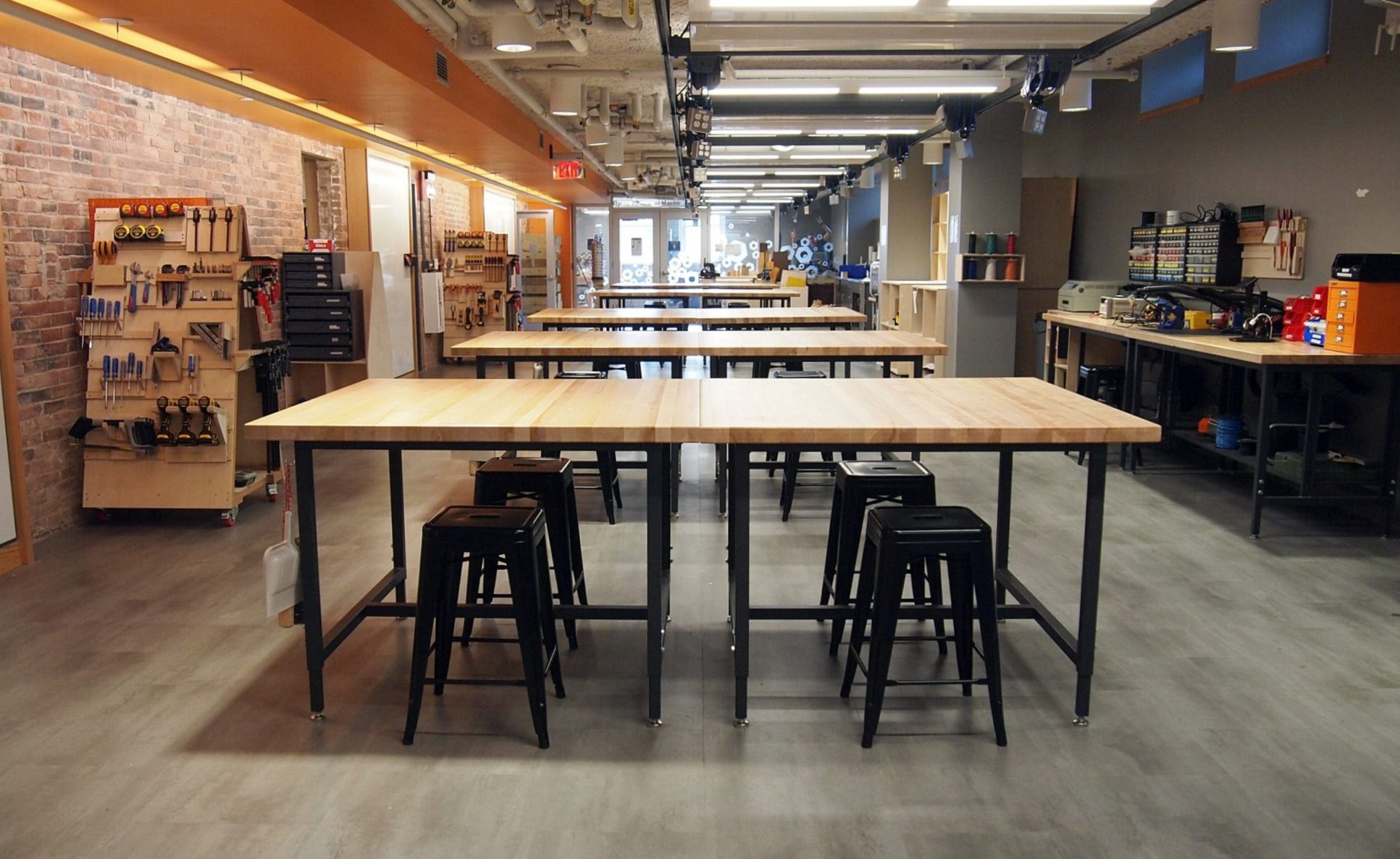We’re too late for Hanukkah, and Christmas is really close, but a lot of your parents are probably sitting in Zoom meetings and worrying about what sort of gift they should get you. This is made all the more difficult by your obscure, technical interests (and possibly your sullen, adolescent attitude).
But it turns out that I actually carry around with me, in my head, a list of lots of things that frequent Nolop visitors want. (I know this list because these are the things that you ask me for.) I figured it would make sense to write down the list, and then you can just ”accidentally” drop a link to this page in your family TikTok group chat.
What you want most is a soldering iron. In Nolop, we have the Hakko FX888D soldering iron. It’s a basic tool with decent temperature adjustability. (The temperature adjustment controls are a little annoying, but it’s good enough.)
As a cheaper alternative, there’s the Weller WLC100 soldering iron. The big difference is the temperature control being more coarse, and the whole thing being a bit more flimsy, but it’s a fine first iron. (The picture on Amazon shows a weirdly huge tip, but it ships with a normal ST3 tip.)
In the realm of electronics, the place to start is the Arduino Uno, the world’s most popular basic microcontroller board. We used a fancier version of this (the MKR Wifi 1010) in ME 30 this year, but the boards weren’t as robust as the Uno, so we’ll be going back to the Uno next year.
Once you want to add the internet to your microcontroller projects, you want the Raspberry Pi 4, Model B. It’s the world’s most popular small computer. With a quad-core processor and 2-8 GB of RAM, it destroys the Arduino on power, but with that power comes all the complexity of Linux. You also need a microSD card to make it run. Virtually any microSD card will do.
There’s a cheaper alternative to the Pi 4: Raspberry Pi Zero W. It’s less powerful, but also only $10 (but you still need a microSD card). It’s about as powerful as a laptop you would have bought for $1500 around 2002.
Getting more obscure, there’s the Upduino 3.0. I think it’s the cheapest way to get started playing around with FPGAs, which are like a blank canvas of transistors that you can program to become whatever digital hardware you can imagine. The Upduino has the advantage that it’s sold through Tindie, which is like Etsy for electronics, instead of Amazon.
Now, let’s say you’re into woodworking, and you have a lot of money that you need to get rid of somehow. Normally, Lie-Nielsen Toolworks, in Warren, Maine, is the solution to that problem, but almost all of their tools are sold out. As a backup, you could try the hand tools section of Woodcraft or any of the numerous dealers of Veritas tools.
Lastly, suppose your interests are so wide that you can’t be tied down to any single fabrication discipline. What you need then is the basic tool of the precision engineer, digital calipers. At Nolop, we’ve been using the Vinca 6 inch calipers. Before we committed to buying a bunch of those, I compared their accuracy against a few sets of high-end Mitutoyo calipers. It turns out that the fancy calipers were accurate to within better than 0.001”, but the cheap Vinca calipers were still accurate to within 0.005”, which is good enough for virtually everything built in Nolop since its opening.
Enjoy your holidays, everyone, and I look forward to seeing you all in the spring, when we will vanquish coronavirus forever.

